The tasting of wine, spirits and liqueurs is based on the possibility of making an unambiguous and transparent judgement using crystal wine glasses and goblets. These so-called tools of the trade make it possible to achieve an optimum assessment of the organoleptic characteristics of the liquid in the wine glass. The manufacture of the glasses must therefore follow special processes to make the judgement reliable. We can supply the best crystal glasses and goblets for tasting white, red and rosé wines.
Crystal is the main material for the production of high quality, high performance glasses. Heavy use does not compromise its resistance and transparency. So let's get to know in depth the crystal at the basis of the production of tasting glasses. We will discover together why it is considered so precious for both its technical and aesthetic performance. Beauty is also told through the transparency and brilliance of one of the oldest glass materials.
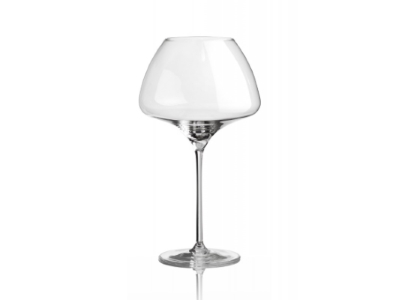
Crystal glasses and stemware: that subtle transparency
Crystal wine glasses lend the table a unique and exclusive aesthetic beauty. The glow reflected through the facets of the workmanship makes the setting elegant. The high resistance of this material makes it possible to exploit the aesthetic beauty also in the field of catering and wine-tasting, not only in the private sphere. A place with crystal wine glasses is certainly on a higher level than the standard. But let's try to understand why crystal is so beautiful and aesthetically fascinating.
Before getting to know crystal it is good to go over the stages of glass processing. Crystal can be considered as its evolution to enhance its transparency and, above all, its sound. It is said, in fact, that over time, connoisseurs recognised crystal wine glasses by listening to their sound. Sound is one of the qualities that distinguish crystal wine glasses. A fine, prolonged sound is emitted by simply touching the rim of the glass.
Returning to glass, it should be pointed out that it is a homogeneous material with non-crystalline qualities. This means that the raw materials for its production change to a liquid state with the effect of heat. As the mass cools, it becomes glass without crystallising. This begs the question: what are crystal wine glasses made of? Crystal is glass that contains components that facilitate crystallisation. Barium oxide, zinc oxide and potassium oxide are the ones most commonly used to make high-quality crystal.
These components have the ability to make the mass more solid in order to allow it to be worked well. At the same time, their intrinsic characteristics favour the processes that lead to obtaining the marked transparency and extraordinary brilliance characteristic of crystal wine glasses and crystal stemware.
Wine and crystal: history of a tasting
The close relationship between wine and crystal lies in the need to get the best performance from a wine glass. Crystal wine glasses and goblets are the ideal tool for sommeliers, wine lovers and wine professionals whose job is to discover what the nectar of the gods has to tell. Tasting, in fact, is to be considered a story-telling in which work, passion and technical skills are concentrated in a sip. Tasting is carried out in 3 fundamental phases: visual examination, olfactory examination and taste examination.
The crystal wine glass is like a lens that lays bare the liquid. This explains why crystal is the best material for sensory analysis. Wine is listened to through the senses. Sight, nose, smell but also hearing participate in the tasting. Hearing is an integral part of the examination. When you pour the wine into the glass, you have to listen to understand its thickness and structure. the detail does not go unnoticed by wine experts. The thud in the crystal goblet defines the amount of extract that is contained in the wine.
Wine and crystal are music to the senses. It is no coincidence that we speak of sensory notes. The notes released when the wine reaches the bottom of the glass express its consistency. Fruity, floral and fruit notes define the bouquet. The taste notes help to complete the tasting experience with harmony and balance. The purity of the crystal is considered to be the extra gear in wine tasting.
Crystal for all occasions
Crystal is often mistakenly considered to be a material that is not very suitable for wine-tasting events. In reality, this is not the case at all. On the contrary, if you want to pleasantly impress the guests attending your course, meeting or conference, you should present wine glasses made of crystal. The technical performance will increase exponentially along with the pleasure of listening to the wine through the crystal wine glass. For this reason, crystal wine glasses are suitable for both formal and informal occasions. Their high resistance and easy maintenance pose no problems in their daily handling. Why not treat yourself to the luxury of crystal every day?


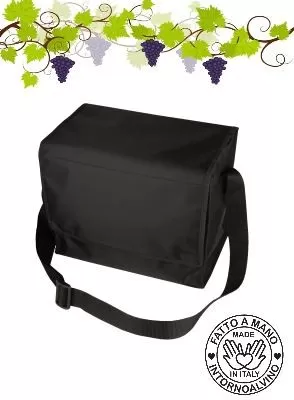
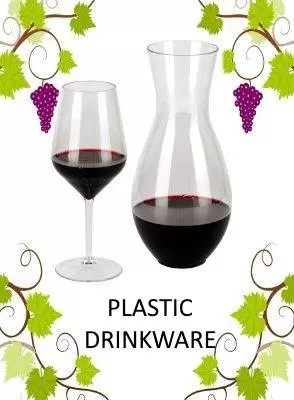
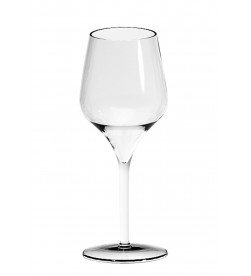

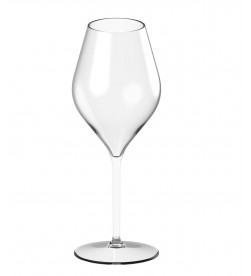

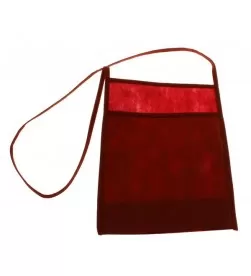


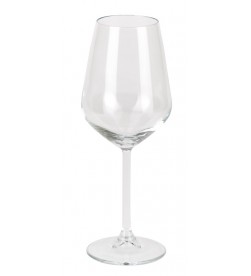

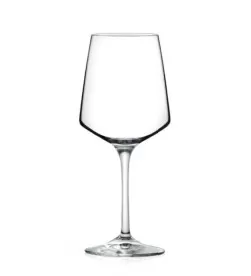
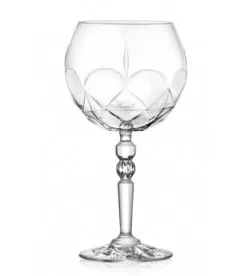

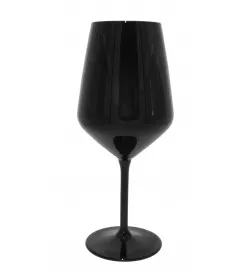


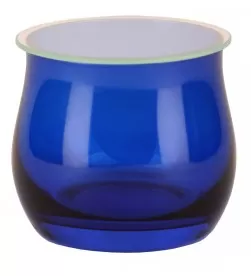
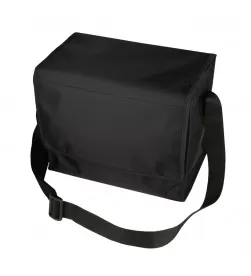


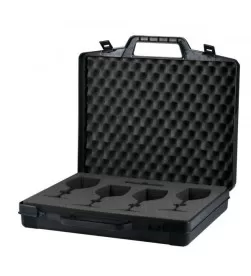

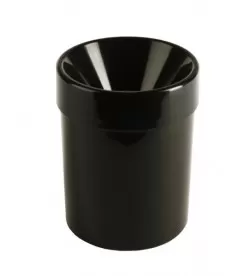
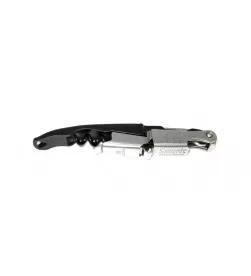



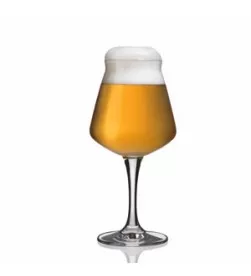

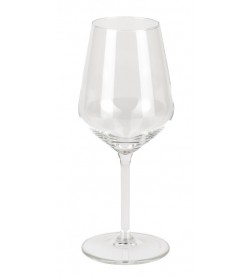

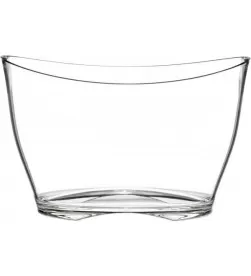

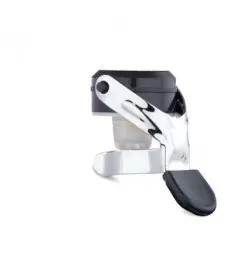
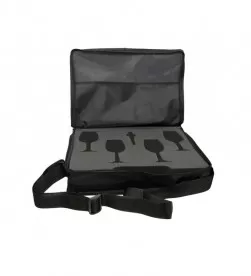

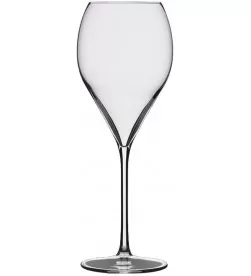

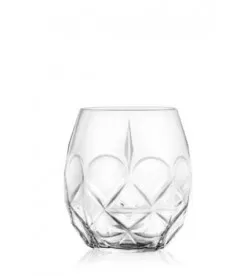



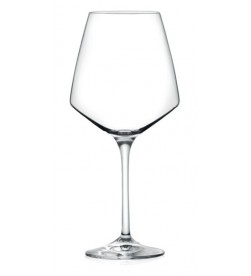

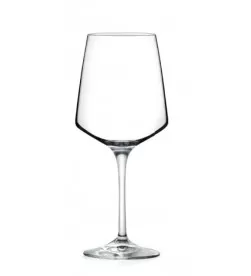

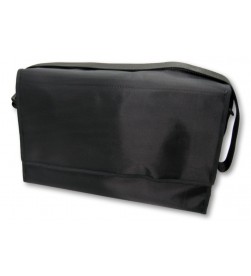

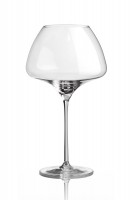
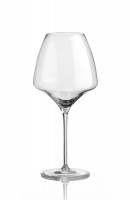


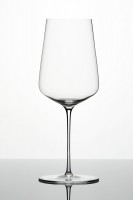




 Tasting
Tasting
 The sommelier's tools
The sommelier's tools
 Tasting events
Tasting events
 Personalized Plastic Glasses: Quality, Design with Plastic Glasses
Personalized Plastic Glasses: Quality, Design with Plastic Glasses
 Hard plastic glasses are essential during summer holidays
Hard plastic glasses are essential during summer holidays
 Crystal glasses and stemware: that subtle transparency
Crystal glasses and stemware: that subtle transparency
 Cantine Aperte at Christmas: Wine Tasting
Cantine Aperte at Christmas: Wine Tasting
 Back to School: Learning to Taste Wine Properly
Back to School: Learning to Taste Wine Properly